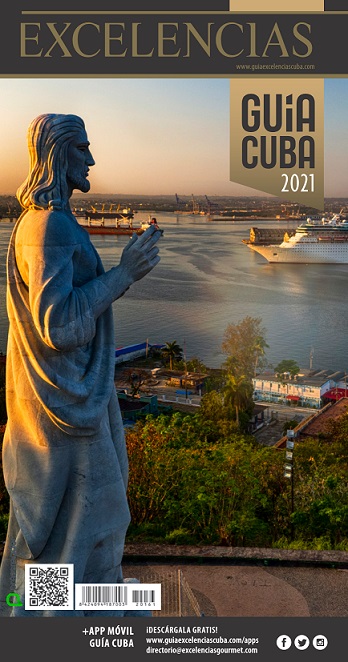Barbados, the small England of the Caribbean, is an island full of natural beauties and it has an autochthonous culture, where music and dance represent the African heritage. Carnivals and Festivals are celebrated during the years and lovers of calypso, reggae and jazz make competitions to gain an award for their interpretations. This island is divided in two sides, the eastern coast with its excellent white sandy beaches and the so called Silver Coast to the western side, with silvered beaches having blue waters where tourists may practice aquatic sports while tasting the Barbadian cuisine in fine restaurants. There are eleven parishes in the island: Christ Church, St Andrew, St George, St James, St John, St Joseph, St Lucy, St Michael, St Peter, St Phillip, St Thomas and Bridgetown, this last one being the capital, presenting a mixture of modern and colonial architecture, stores, restaurants and many places of interest and activities either by cruisers or helicopters. If you are thinking about spending nice nights, you can visit discotheques and bars such as Nico's Champagne & Wine Bar or the Boatyard at Night. The island has seven wonders: among them, the Baobats tree, the Drax Hall, one of the oldest sugar cane plantations and the Harrison Cave, an impressive submarine gallery of stalactites and stalagmites. Regarding sports, visitors may practice golf, polo, watch horses races and cricket, its national sport. The natives, called bajans among themselves, like spicy food and a lot of spices on it, mainly with the fish. The typical dish of the region is the Flying Fish, and the rice with coconut and beans, the chicken, the potatoes salad with mayonnaise and mustard. Come to visit Barbados, this would be a new and unique experience!






